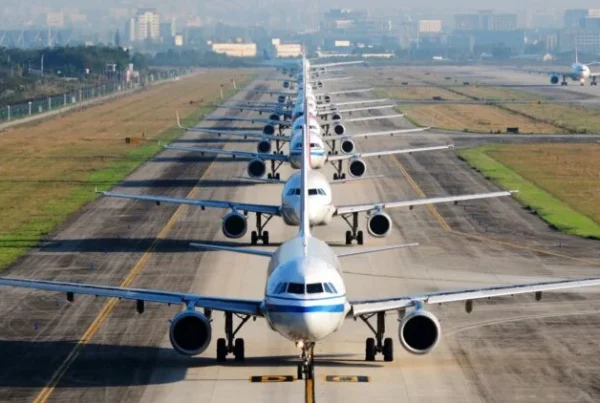Pilot fatigue has emerged as a critical concern in India’s aviation sector, necessitating urgent attention to ensure the safety of passengers and flight crews. Recent incidents, such as the tragic cardiac arrest of a domestic flight pilot in August 2023, have highlighted the pressing need for improved fatigue management strategies.
To address this issue, the Directorate General of Civil Aviation (DGCA) initiated a pilot fatigue data review to assess current regulations governing flight duty times. In response to these developments, aviation industry experts, including Jaideep Mirchandani, Chairman of Sky One, emphasize the importance of advanced fatigue management, balanced schedules, and crew rostering solutions.
 Understanding the Factors Contributing to Pilot Fatigue
Understanding the Factors Contributing to Pilot Fatigue
Pilot fatigue can be attributed to several factors, affecting both long-range and short-range flight operations. Key contributors include issues related to sleep quality, sleep loss, and the disruption of Circadian Rhythms, which result in physiological, mental, and behavioral changes following a 24-hour cycle. Recognizing the complexity of these issues, experts have underscored the importance of addressing root causes and enhancing regulations to ensure aviation safety.
The DGCA’s Initiative: A Step Towards Aviation Safety
The DGCA’s decision to conduct a pilot fatigue data review is a significant step towards ensuring aviation safety. By analyzing and addressing the root causes of pilot fatigue, this initiative aims to provide invaluable insights that can benefit airlines and pilots alike. As the aviation industry continues to grow, safety should be the driving force behind policy changes, encompassing areas from pilot fatigue to maintenance, repair, and operations (MRO).
Innovative Tools for Enhanced Flight Operations
Air India recently introduced two digital tools—the Pilot Sector Report (PSR) app and DocuNet—designed to optimize post-flight reporting and document distribution processes. These tools ensure the accessibility of relevant and synchronized information, enhancing pilot satisfaction and overall flight operations. In an industry where precision and timeliness are crucial, such tools prove to be invaluable for reducing stress and enhancing efficiency.
IndiGo Airlines’ Approach to Fatigue Management
IndiGo Airlines has taken a proactive approach to combat pilot fatigue by introducing wrist devices and ground-based tools. These innovative measures monitor pilots’ alertness levels before and after flights, contributing to safety, punctuality, and operational efficiency. These initiatives also play a crucial role in providing pilots with timely breaks and leaves, ensuring their well-being.
The Role of Crew Rostering Solutions

Jaideep Mirchandani, Chairman of Sky One, underscores the importance of crew rostering solutions in combatting pilot fatigue. These solutions allow pilots to specify lifestyle preferences, which are then automatically integrated into their flight schedules. Such personalization not only enhances job satisfaction but also contributes to better fatigue management.
Advanced Training for Aspiring Pilots
Enhancing fatigue management begins at the training stage. Jaideep Mirchandani emphasizes the need to incorporate advanced fatigue management into the training modules for aspiring pilots. This approach includes not only technology-based training but also providing insights into the scientific reasons behind fatigue. Aspiring pilots should be equipped with knowledge about key indicators and guidance on developing effective fatigue management strategies for themselves and the airlines they will serve.
Current Regulations and Rest Periods
Current Flight Time Duty Regulations stipulate that every crew member must receive rest equal to twice the flight time, but not less than 10 hours within any 24 consecutive hours. Additionally, all crew members should have a minimum of 24 hours of rest between 8 PM and 6 AM within any 7 consecutive days. These regulations are in place to ensure that pilots have adequate time for rest and recovery.
Conclusion
In light of recent incidents and growing concerns about pilot fatigue, it is clear that addressing this issue is paramount for ensuring the safety of passengers and flight crews in India’s aviation sector. The DGCA’s pilot fatigue data review, along with innovative tools, personalized solutions, and advanced training, represents a comprehensive approach to fatigue management. By focusing on the well-being of pilots and aligning it with the need for efficient flight operations, the industry can foster a culture of safety and excellence.








